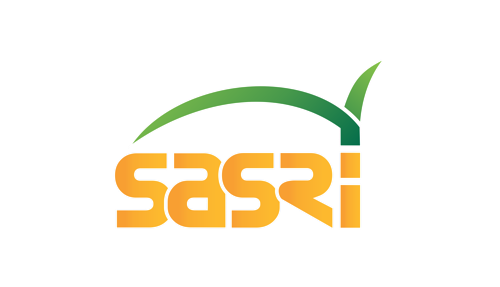About Company
- World-renowned for its research to enhance productivity, profitability of South African sugarcane industry
- Established in 1925 to produce new disease resistant varieties of sugarcane
- Delivers new knowledge and technologies to sustain the sugarcane industry
Introduction
SASRI needed to understand its research scientist talent pool bench strength because of a succession gap in an aging workforce. SHL helped to identify and develop the most promising talent amongst the company’s interns, students, and current employees.
The Challenge
The South African Sugarcane Research Institute (SASRI) is the leading sugarcane agricultural research institute in Africa.
SASRI’s science and research function faced a succession gap because a number of its world-class scientists were due to retire in the next 2–3 years. SASRI, which is world-renowned for its research into new crop varieties and improved crop management and farming systems, also needed to understand the strengths and challenge areas of its research scientists for development planning purposes.
Highlights
- Address a succession gap in research scientists
- Achieve a better understanding of strengths and required development area
The Solution
Working with SASRI, SHL conducted a talent review to determine exactly where the talent gap lies, the potential successors, and their development needs.
The study began by uncovering the key competencies required for future success in the science and research function, linked to organizational strategy. This involved job profiling, using a best-practice multi-method approach, as well as analyzing the results of a visionary interview, focus groups and paired comparison job analysis.
As a result, SHL helped SASRI develop and validate future success job profiles for junior researchers, researchers and senior researchers. We then assessed SASRI scientists to determine their potential fit to those profiles. Managerial ratings of behavioral performance were also collected, and statistical analysis was used to determine the correlation between performance and assessment data, matched to the job profiles.
We conducted gap analysis and group trends analysis to understand the group-level results, and the outcomes were used to identify which critical behavioral assessments would be most effective for future recruitment and employee development.
Finally, we analyzed the key motivators for SASRI scientists to better understand how best to attract and retain the best STEM talent.
The Results
Our analysis revealed that those recognized as SASRI’s top 15 researchers typically receive higher behavioral performance ratings from their managers. Creativity and Innovation behavior was revealed as the single biggest predictor of whether an individual is a Top 15 Researcher.
Other observations typical of the Top 15 Researchers include:
- A higher Person-Job Match score (regardless of the job-level profile used) than other researchers.
- A higher numerical reasoning result than other researchers.
- Higher competency potential results on a number of the competencies measured.
The results helped SASRI develop young researchers to better equip them to ‘step up’ where required. The results also helped SASRI identify strengths and gaps of their talent pool and of their current research scientists. With SHL’s help, it now have the insights needed to recruit and develop a new generation of world-class agricultural scientists.
Highlights
- Insight into what makes a Top 15 researcher
- Enabling more objective and accurate talent decisions
- Driving improved quality of hire and retention
Explore SHL’s Wide Range of Solutions
With our platform of pre-configured talent acquisition and talent management solutions, maximize the potential of your company’s greatest asset—your people.









